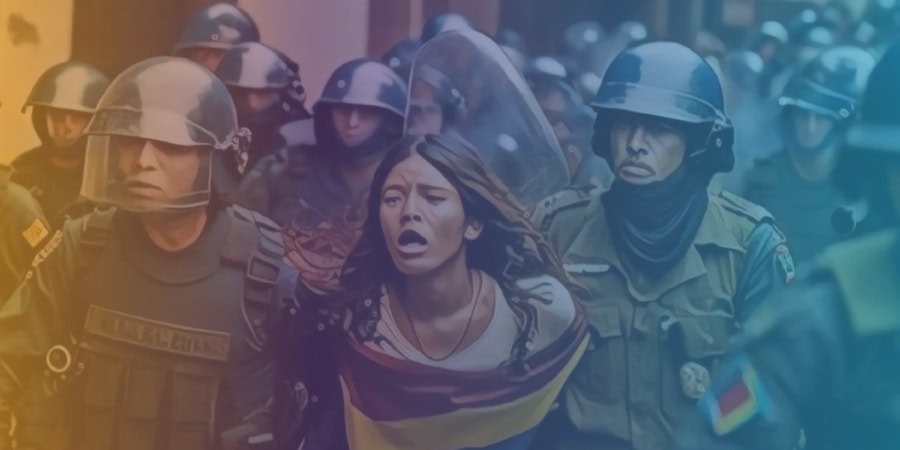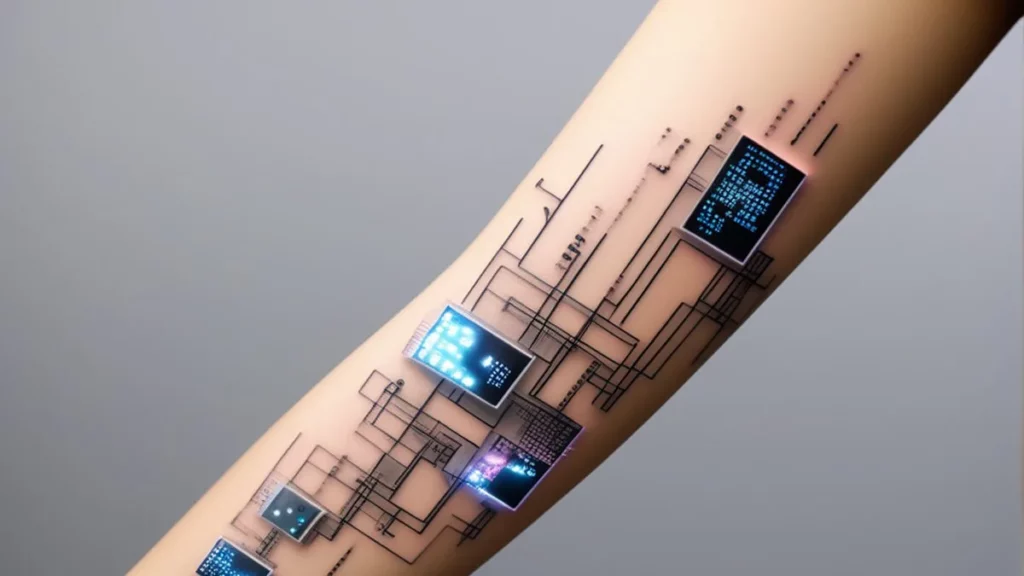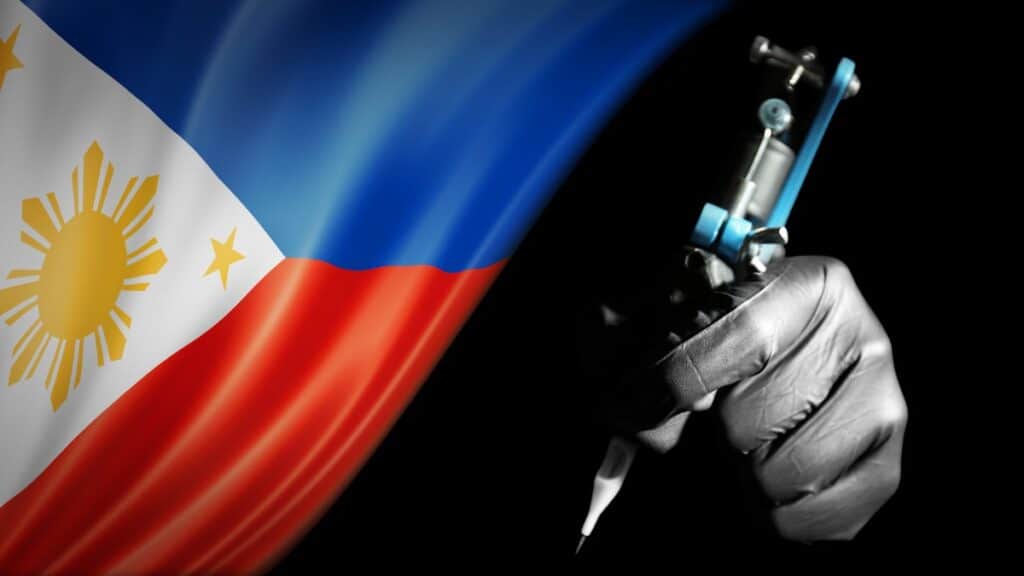Key Takeaways
- Amnesty International faced backlash for using AI-generated images to depict protests and police brutality in Colombia, with some experts questioning the credibility of advocacy groups that use such technology.
- The organization used AI-generated images to protect the anonymity of vulnerable protesters and avoid displaying actual protesters' faces.
- Critics argue that using AI-generated images could harm the credibility of human rights advocates and set an alarming precedent.
- Amnesty International has access to authentic photographs of the events in Colombia and has previously collaborated with photojournalists and videographers to document on-the-ground media that captures the true horrors of police brutality in the country.
- The use of AI-generated images by a global human rights organization like Amnesty International could establish a precedent that smaller, local groups may follow and inadvertently harm their work.
Amnesty International, a prominent international human rights organization, has recently come under fire for its decision to use artificial intelligence-generated images in order to portray protests and instances of police brutality in Colombia.
While Amnesty International has defended this choice, stating that the primary goal was to protect the anonymity of vulnerable protesters, some experts have expressed concerns that employing such technology might compromise the credibility of advocacy groups.
These groups are already grappling with challenges posed by authoritarian governments that question the authenticity of legitimate footage.
Marking the Two-Year Anniversary of Significant Protests in Colombia
Amnesty International’s regional account in Norway shared three AI-generated images on social media platforms to acknowledge the two-year anniversary of a major protest in Colombia.
During this protest, law enforcement officers were reported to have brutalized demonstrators and committed serious human rights violations.
Critics assert that using AI-generated images to represent these events might diminish the value of the work carried out by journalists and photographers who have documented genuine instances of abuse in Colombia.
Prioritizing the Safety of Protesters’ Identities
Amnesty International maintains that the use of AI-generated images was a deliberate choice to depict the events in question without putting the safety of any individual present at risk.
After consulting with partner organizations in Colombia, the decision was made to employ this technology as a means of preserving privacy while avoiding the display of actual protesters’ faces.
To prevent any potential confusion, Amnesty included a disclaimer at the bottom of each image, indicating that they were created using AI.
Amnesty International, a prominent international human rights organization, has recently come under fire for its decision to use artificial intelligence-generated images in order to portray protests and instances of police brutality in Colombia.

Concerns Over Credibility Raised by Opponents
Opponents of using AI-generated images argue that it sets an alarming precedent and could further erode the credibility of human rights advocates.
They contend that alternative methods for effectively presenting instances of abuse should be employed, rather than relying on AI image generators.
While Amnesty International does not currently have any specific policies regarding the use of AI-generated images, organization leaders acknowledge the possibility of misuse and endeavor to utilize the technology cautiously.
The Ripple Effect on Smaller Human Rights Organizations
When a global human rights organization like Amnesty International employs AI-generated images, it can rapidly establish a precedent that others may follow.
Critics argue that such a trend could inadvertently harm smaller, local groups who are already dealing with immense pressure and are frequently targeted by their governments in an attempt to discredit their work.
Real-world Photographs versus AI-Generated Images
Amnesty International has access to authentic photographs of the events in Colombia and has previously collaborated with photojournalists and videographers to document on-the-ground media that captures the true horrors of police brutality in the country.
By using AI-generated images that incorrectly portray basic details, such as the Colombian flag, and create fictional human beings instead of representing real protesters, the organization’s core mission is undermined.
Moreover, this approach introduces a level of abstraction that distances the narrative from the actual atrocities that took place in Colombia.








